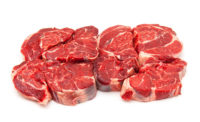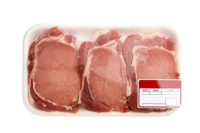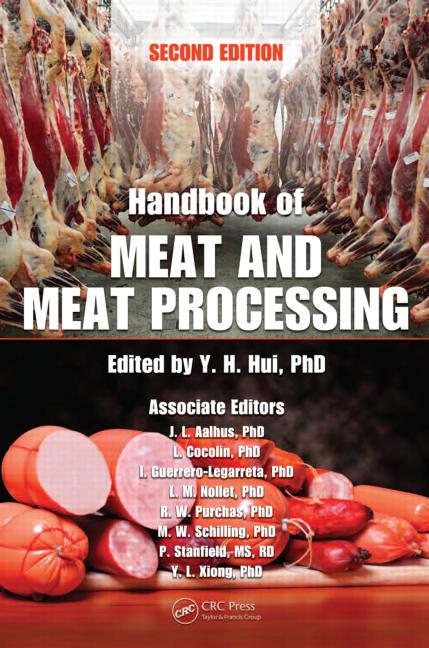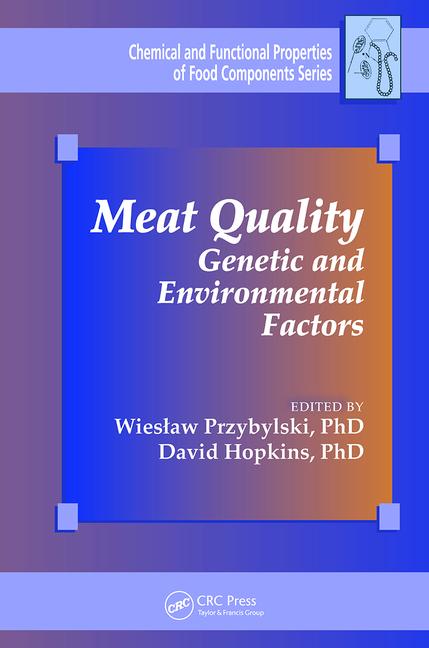The American Meat Science Association (AMSA) Research Protocol Committee is excited to announce the release of the “Review of Instrument Augmented Assessment of USDA Beef Carcass Quality Grades” paper by the AMSA Grading Standards Committee, created by AMSA members Dr. Gretchen Mafi, Dr. John Scanga and Bailey Harsh.
Instrument assessed grading has been a desired technology for evaluating value determining factors used in the beef industry for over 30 years. Technology companies, industry partners, academicians, and government officials have worked closely to develop instruments that can accurately and effectively augment the application of official USDA Yield and Quality grades under commercial processing conditions.
In response to an official audit conducted by the USDA Office of the Inspector General (OIG), this review outlines the USDA-Agriculture Marketing Service (AMS) Grading and Standardization branch findings and responses to questions posed by OIG on the appropriateness and implementation of instrument grading in the U.S. Beef Industry and summarizes key studies and major milestones achieved in the implementation of instrument beef quality grading.
The objective of this review was to publish major milestones of automated grading systems for USDA Quality Grading and responded to questions posed by OIG on the appropriateness and implementation of instrument grading in the U.S. Beef Industry. After analyzing the available data it was determined that instruments are much more consistent than traditional visual assessment of marbling score to determine USDA Quality Grade and are effectively sorting carcasses into expected palatability groups, the major goal of USDA Beef Carcass Quality Grades. Instruments also reduce grader-to-grader and plant-to-plant variation in quality grade application. The committee concluded that instrument grading should increasingly be utilized by the industry and further innovations and improvements in this technology be pursued.
Contributing editors Drs. Mafi and Scanga “use of instruments to grade beef carcasses definitely adds more consistency and uniformity to the system; ultimately ensuring that beef producers are being fairly compensated for the cattle they produce and that consumers are receiving the quality of beef they expect.”
For information on the “Review of Instrument Augmented Assessment of USDA Beef Carcass Quality Grades” please go to www.meatscience.org.
Source: AMSA





Report Abusive Comment